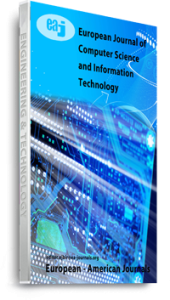Mobile banking serves as a transformative force in global financial inclusion, addressing persistent barriers that keep millions excluded from formal financial systems. By leveraging widespread mobile phone adoption, these services create accessible pathways to financial participation for underserved populations, particularly in rural areas where traditional banking infrastructure is limited or absent. The technical architecture of mobile banking—featuring lightweight applications, offline functionality, robust security frameworks, and interoperability—enables operation in resource-constrained environments. Beyond technical innovation, mobile banking delivers significant socioeconomic benefits, extending financial services to rural communities, empowering small businesses, reducing gender gaps in financial access, and creating pathways out of poverty. Despite these advantages, challenges remain in digital literacy, data privacy, consumer protection, and technological divides between demographic groups. The Kenyan implementation offers valuable lessons for other regions, demonstrating how appropriate regulatory frameworks, user-centered design, and continuous evolution can maximize impact and sustainability in expanding financial inclusion through mobile technology.
Keywords: Digital Literacy, Financial Inclusion, Mobile technology, regulatory frameworks, socioeconomic impact

